I'm fairly familiar with Ohm's law and I did some calculations I'd like experienced engineers to confirm if it is correct or point where I made a mistake
Here's the idea
- I want to power a self-made strip of 20 LEDs preferably in series (assuming 2.5Vf @ 20ma)
- I got a 4.5W, 5V, 0.9ampere DC power supply
- I calculated the required resistor for the circuit like this:
P = V * I
P = (20 * 2.5) * 0.02
P = 1W
---
V = I * R
50 = 0.02 * R
R = 2500ohms
From that I assumed I could power 20 LEDs in series with that power supply and a 2.5Kohm resistor. I also learned that circuits in series have voltage drops but current is the same, and in parallel circuit, voltage is the same but current drops. Is that correct or did I miss something?
Again, I'm an absolute beginner in electrical engineering. I graduated in CS but never got into the physics of circuits.
EDIT
From the answers I gathered that a resistor is used to drop the voltage that isn't dropped by the LEDs, so in this case, my 5V power supply would be able to power at most 1 LED at full brightness or 2 albeit dimmer.
Could I use a step-up to get the voltage higher and power those 20 LEDs in series?
EDIT 2
All the answers helped me understand a lot more about electronics and how they work as well as to always design circuits for margin and not for the nominal values. I realized my mistake by trying to go for LEDs in series instead of parallel, it didn't come to me I'd need just two wires and not 2 for each LED, I know, dumb mistake.
Thank you all for the help, tips and information.

simulate this circuit – Schematic created using CircuitLab